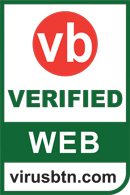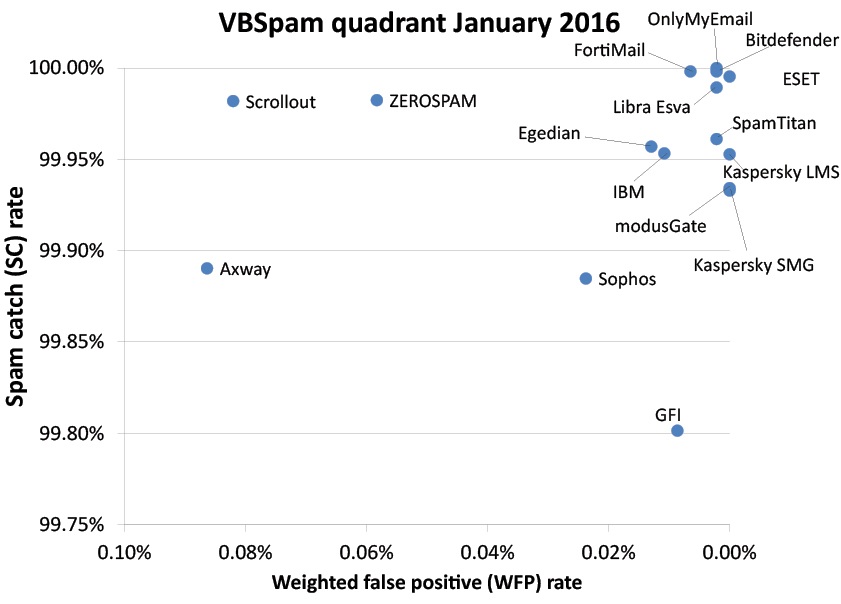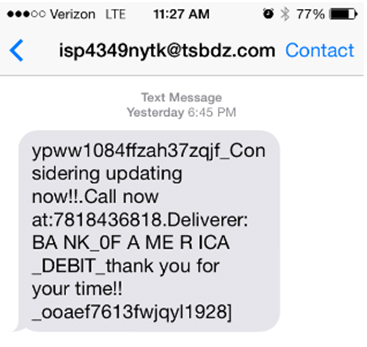MacKeeper is a strange piece of software. There may be no other app as controversial in the Apple world. The application, which performs various janitorial duties on your hard drive, is loathed by a large segment of the Mac community. Check out any blog, site or forum that mentions it, and you’ll find hundreds of furious comments condemning MacKeeper and Zeobit, the company behind it. We discovered this ourselves earlier this month, when we offered a 50%-off deal on MacKeeper. Look at all those furious comments on the post.
The complaints about MacKeeper are all over the shop: It’s a virus. It holds your machine hostage until you pay up. It can’t be completely removed if you decide to delete it. Instead of speeding up your computer, it slows it down. It erases your hard drive, deletes photos, and disappears documents. There are protests about MacKeeper’s annual subscription fees. Zeobit is slammed for seedy marketing tactics. It runs pop-under ads, plants sock-puppet reviews and encourages sleazy affiliate sites, critics say.
But what’s really strange is that MacKeeper has been almost universally praised by professional reviewers. All week I’ve been checking out reviews on the Web and I can’t find a bad one.
All the reviews praise the software for being well designed and easy to use. Macworld magazinecalls it “a gem.” TUAW gives it a favorable review. Dave Hamilton of Backbeat Media, a Mac industry veteran, recently talked it up at Macworld Expo. None of the professional reviewers complain of slowed-down machines or deleted data.
Given the comments on our deals post, I started researching Zeobit and MacKeeper. (Our deals, by the way, are determined by our partners, StackSocial.) I was alarmed that Cult of Mac might be promoting malware, but quickly became curious why such well-reviewed software gets such bad reviews from users. I reached out to Zeobit and Symantec, which publishes anti-virus and security software under the Norton brand.
Jeremiah Fowler, Zeobit’s PR Director, said Mac security companies get a bad rap because Apple users generally believe there is no need for anti-virus products. The Mac is immune to malware, according to users, and therefore any company that sells security software is by definition a scam.
“I personally believe it is just the nature of the business in the age of internet trolling and it is so easy for anyone with too much time on their hands to trash businesses or products online anonymously and with no repercussions,” he wrote in an email. “We have 150 employees and really do care about the products we make and the people who use them.”
Symantec’s Mac Product Manager, Mike Romo, said the same thing: the company is criticized for the very idea of selling security products for the Mac. Users think they are utterly unnecessary and ruin the frictionless experience of OS X. “It’s a great community but it’s very vocal,” Romo said in a telephone interview. “It would be a lot easier to make a painting program or something.”
Romo, who describes himself as a hard-core Mac user, said users voice similar complaints to those heard by Zeobit. However, he says the criticisms are like an urban myth — they are based on rumor and hearsay. “I ask them if they have used our product,” he said. “Ninety-nine percent of the time, they have not.”
“We’re used to getting the hate,” he added,” but we love and believe in what we are doing.”
Zeobit’s Fowler said the company has become a “forum punching bag” thanks to four things: a negative PR campaign from a rival company; Zeobit’s aggressive advertising tactics; out-of-control affiliates; and confusion among users between MacKeeper (legit software) and MacDefender (a Trojan). (See Fowler’s full note below.)
While looking into Zeobit last week, I came to some of these same conclusions myself. Zeobit has earned a lot of notoriety for its advertising practices. It’s a very active and aggressive marketer. It runs online ads everywhere, including sneaky pop-unders. It parades scantily-clad booth babes at Macworld. The company also runs an affiliate program that appears to be widely abused. According to Fowler, the sleaziest Zeobit marketing comes from third parties that it has no control over.
Some of the wilder accusations — that Zeobit is a hacker outfit that makes an insidious virus — are way off. The company was one of the sponsors of Macworld, which is as mainstream as a trade show gets. Apple sells a lite version of MacKeeper called 911 Bundle through the official Mac App Store, which is carefully vetted for malware.
Likewise, Cult of Mac does not offer malware through our Deals program. As far as I can tell, MacKeeper is a legit piece of software run by a company whose sales and marketing tactics rub many in the Mac community the wrong way. It may not be for everyone, but MacKeeper is not a virus or a scam. And right now, it’s 50% off ;-).
Here’s is MacKeeper’s PR Director Jeremiah Fowler’s full statement to Cult of Mac:
++
Hello Leander,
Thanks for your message and I will be happy to contact a 3rd party user about speaking with you. With the bad comments we are all too aware of them and they actually fall under a few different categories of why people are anti-MacKeeper. Just to give you an idea of what we face on a daily basis, here is a short breakdown of the key reasons people complain.
Also, as a general rule look at some of the other companies who are in the business of Mac security and see the search results for example if you search Google for norton+mac+sucks you will get about 18,700,000 results… We know that Norton is not a bad company, right? You may not like them or their products but you know they are not scammers and their software is not malware, but the internet is loaded with thousands of results saying the opposite. The results are the almost the same for nearly every industry leading software that offers Mac Security. I personally believe it is just the nature of the business in the age of “Internet Trolling” and it is so easy for anyone with too much time on their hands to trash businesses or products online anonymously and with no repercussions. We have 150 employees and really do care about the products we make and the people who use them. You can see some of our real customers and industry professionals talking about MacKeeper on our YouTube Channel here.
Reasons:
1) Black PR
We were the victim of a massive black PR campaign by a small competitor who is now cloning our apps one at a time:
The story was featured here: EXCLUSIVE: MacKeeper Says “Unethical Competitor Trying to Tarnish Our Reputation”
These guys were running Google ads saying we were scammers selling malware and anything else bad that they could create, we got those ads suspended for violating Google’s ad terms and the fine folks at Google 100% confirmed exactly who was the competitor running them against us. So, what this did was trigger a kind of “Band Wagon Effect” of others who were like “Yea we hate them”. They actually hired people in their office who used forum spam, link spam, blogs and paid articles to slander us in ways we are still feeling a year later. As mentioned in the article instead of wasting our time and energy doing the same back to them, we have decided to focus only on making our product better and listening to our real users. We think that focusing on our products and service instead of forum trolls, is a far better business model in the long run.
2) Those Who Hate MacKeeper Ads:
Legitimate Mac Users who are annoyed or tired of our advertising campaigns or partner’s campaigns. Do we advertise? Yes! Do we advertise aggressively, I would not like to use that term but we do have a massive advertising presence online! We have had 15,000,000 downloads of MacKeeper and have a less than 3% refund rate. The reality is that many people are truly happy with the product even if they hate the advertising (and unfortunately some do). The bad part is some people take their hatred for advertising to a level where they dedicate hours of their lives to making MacKeeper a “Forum Punching Bag”… In a perfect world there would be no advertisements on radio, TV, billboards or the internet, but this is not a reality. As long as there are ads, there will be people who hate them.
We believe that we have a great product and we want people to know about it and the only way to do this is to explore every medium of advertisement. It is like investing everything in to a great restaurant and hiring the best chefs, buying the best food only to hide the location somewhere in the woods and then tell no one about it. Then wondering why no one comes to your restaurant? We are discussing phasing out our ads and trying to please the vocal minority, but we realize that pleasing everyone is impossible.
3) Affiliates Gone Wild:
We have suspended many affiliate accounts for violating our terms and while these guys were trying to make a fast income they were trashing our image in the process. The problem is that although we suspend their account, the effects of their actions fall on us and cause serious harm to our reputation in the process.
4) Rogue software (with similar name)
In May 2nd 2011, a rogue security program called “MacDefender” (also known as Mac Protector, Mac Security, Mac Guard, and Mac Shield) was identified. This fake antivirus software had nothing to do with nor had any affiliation with MacKeeper or ZeoBit LLC, but used a similar name to MacKeeper. This also caused a lot of confusion and created a huge problem of Mac Users who were not familiar with MacKeeper.
Please let me know if you have any additional questions and I will be happy to help you.
Also please check out some of the real users on our YouTube Channel.http://www.youtube.com/MacKeeperTV






